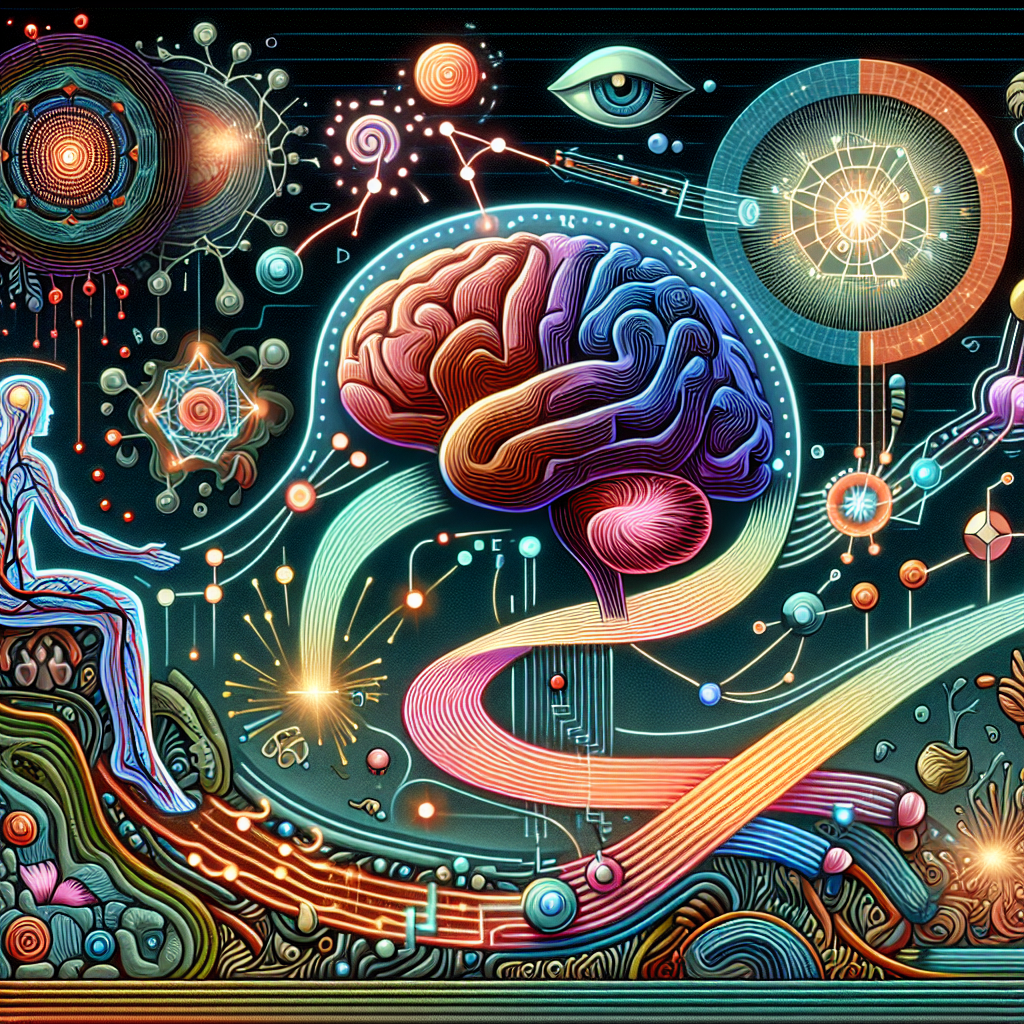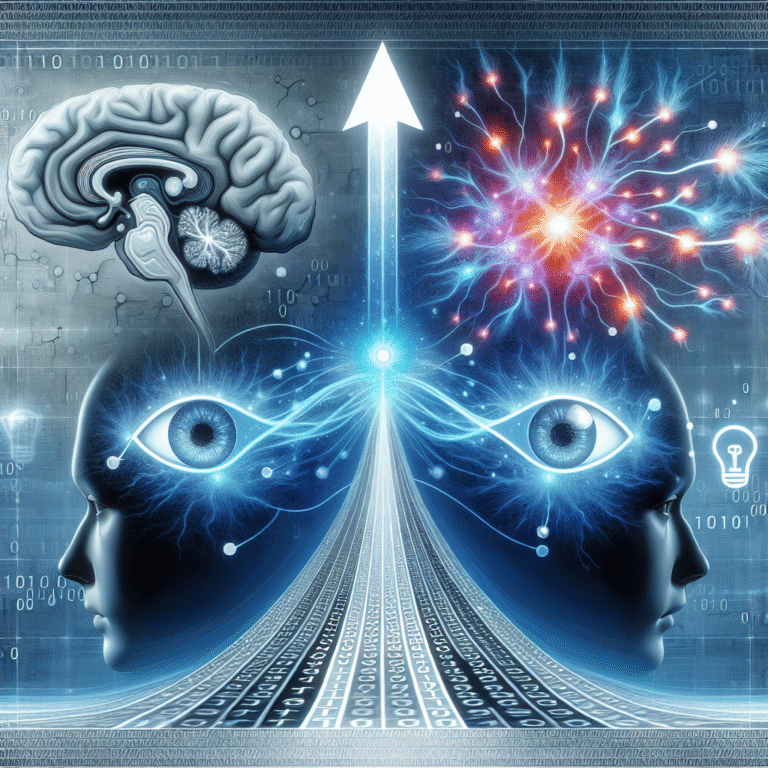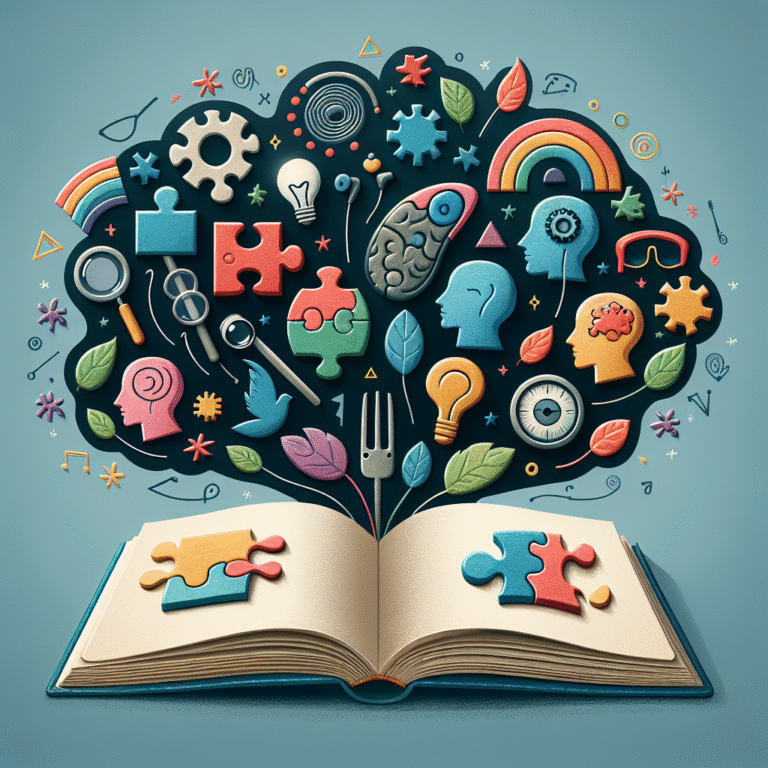
Introduction
Imagine walking through a fragrant garden, feeling the warmth of the sun on your skin, and hearing the rustle of leaves in the gentle breeze. These sensory experiences create memories that shape our lives. But how do these fleeting moments transform into lasting memories? In this article, "From Senses to Storage: The Ultimate Science Behind Memory Encoding," we will explore the intricate processes involved in memory encoding, from the initial sensory input to long-term storage. Understanding this journey not only enriches our appreciation of how we remember but also empowers us to enhance our own memory capabilities.
Understanding Memory Encoding
What is Memory Encoding?
Memory encoding is the first step in creating memories. It involves converting sensory information into a form that can be stored in the brain. This process can be divided into three key types:
- Semantic Encoding: Associating information with its meaning.
- Visual Imagery Encoding: Creating mental images related to the input.
- Acoustic Encoding: Using sounds or verbal information to aid memory.
Table 1: Types of Memory Encoding
| Type of Encoding | Description | Example |
|---|---|---|
| Semantic Encoding | Understanding the meaning of information | Remembering a historical date |
| Visual Imagery Encoding | Visualizing information | Imagining a sunset |
| Acoustic Encoding | Memorizing sounds, words, or rhymes | Learning a song’s lyrics |
The Role of Sensory Inputs
Our senses — sight, sound, touch, taste, and smell — play a crucial role in memory encoding. When we experience something through our senses, it is briefly stored in our sensory memory, the first stage in the memory process. The duration of sensory memory is incredibly short, ranging from milliseconds to a few seconds.
Case Study: The Smell of Freshly Baked Cookies
Research by Herz and Engen (1996) demonstrated that the smell of freshly baked cookies could evoke strong memories from childhood. When subjects were exposed to this scent, many reported vivid recollections of family gatherings and holidays. This case underscores the powerful role that olfactory cues play in encoding and retrieving memories.
The Process of Memory Encoding
Attentional Mechanisms
Attention is a critical factor in memory encoding. Without adequate attention, sensory information may not even enter our memory system. Factors influencing attention include novelty, emotional significance, and personal relevance.
Chart 1: Factors Influencing Attention
| Factor | Influence on Memory Encoding |
|---|---|
| Novelty | Increases receptivity to new information |
| Emotional Significance | Enhances memorability of emotionally charged events |
| Personal Relevance | Improves retention through personal connections |
The Stages of Memory Encoding
- Sensory Memory: Initial, brief storage of sensory information.
- Short-Term Memory (STM): Holds information temporarily for processing, usually for about 20-30 seconds.
- Long-Term Memory (LTM): Information is stored indefinitely and can be retrieved later.
Table 2: Stages of Memory Encoding
| Memory Stage | Duration | Capacity | Function |
|---|---|---|---|
| Sensory Memory | Milliseconds | Unlimited (but brief) | Initial sensory processing |
| Short-Term Memory | 20-30 seconds | 7 ± 2 items | Immediate processing and recall |
| Long-Term Memory | Indefinite | Unlimited | Permanent storage for future recall |
Techniques to Enhance Memory Encoding
Mnemonics
Mnemonics are memory aids that can significantly enhance memory encoding. This technique often involves creating acronyms, rhymes, or visual associations to aid recall.
Case Study: The Use of Mnemonics in Education
A study conducted by Mastroberardino et al. (2014) found that students using mnemonic devices performed notably better on tests compared to those who did not. This highlights how structured strategies can improve memory encoding and retention.
Visualization Techniques
Visualizing information can significantly enhance memory encoding. Techniques like mind mapping help organize information visually, making it easier to retrieve later.
Mindfulness and Memory
Practicing mindfulness can improve focus and attention, leading to more effective memory encoding. Mindfulness techniques encourage individuals to fully experience sensory inputs, increasing the likelihood of transitioning them to long-term memory.
Rehearsal Strategies
Repetition plays a vital role in memory encoding. Both maintenance rehearsal (repeating information) and elaborative rehearsal (linking new information to existing knowledge) enhance the encoding process.
The Neuroscience Behind Memory Encoding
The Brain Structures Involved
Memory encoding primarily involves the hippocampus, which is crucial for transferring information from short-term to long-term memory. Other areas, such as the amygdala, particularly influence emotional memories.
Neurotransmitters and Memory
Chemicals called neurotransmitters facilitate communication between neurons and play a vital role in memory encoding. For instance, dopamine is linked to the reward system and enhances motivation and attention during learning processes.
Case Study: Alzheimer’s Disease
In Alzheimer’s disease, the encoding and retrieval processes are severely impacted due to the degeneration of neurons in the hippocampus. This highlights the critical nature of brain health in memory formation.
The Impact of Lifestyle on Memory Encoding
Diet and Nutrition
Nutrition significantly influences brain health and memory. Foods rich in antioxidants, omega-3 fatty acids, and vitamins can enhance cognitive function and support memory encoding.
Physical Exercise
Regular physical activity promotes blood flow to the brain and enhances cognitive functioning, which is crucial for effective memory encoding.
Sleep and Memory
Sleep plays a vital role in memory processing. During sleep, the brain consolidates memories, making adequate rest essential for successful memory encoding.
Stress Management
Chronic stress can impair memory encoding and retrieval. Implementing stress reduction techniques, such as yoga and meditation, can help enhance memory capabilities.
Conclusion
In summary, the journey "From Senses to Storage: The Ultimate Science Behind Memory Encoding" reveals the fascinating processes by which our experiences transform into memories. From sensory input to long-term storage, understanding these mechanisms enriches our ability to learn and retain information. By applying techniques such as mnemonics, visualization, and mindfulness, we can optimize our memory encoding processes. Embrace these insights, and you’ll not only enhance your memory but also empower yourself to embrace life’s rich tapestry of experiences.
FAQs
1. What is memory encoding?
Memory encoding is the process of converting sensory information into a form that can be stored in the brain, involving stages from sensory memory to long-term memory.
2. How can I improve my memory encoding?
You can improve memory encoding by using mnemonics, visualization techniques, and practicing mindfulness, along with maintaining a healthy lifestyle.
3. What role do emotions play in memory encoding?
Emotions significantly influence memory encoding; emotionally charged experiences tend to be better remembered due to the involvement of the amygdala in processing those emotions.
4. How long does sensory memory last?
Sensory memory lasts only a few seconds, during which initial sensory inputs are temporarily processed.
5. Why is sleep important for memory?
Sleep is essential for memory because it allows the brain to consolidate information, making encoding and retrieval more effective.
By engaging with the content in "From Senses to Storage: The Ultimate Science Behind Memory Encoding," you are taking the first step toward unlocking the full potential of your memory, ultimately enriching your life experiences.















